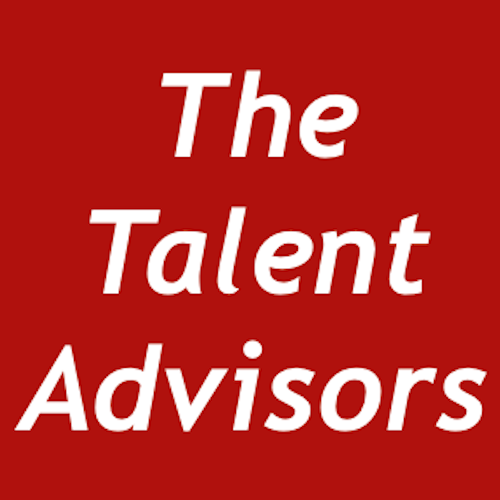ADVANCING WOMEN IS NOT RISKY BUSINESS
This article is part of our Insights For Action series. Join the mailing list to receive this and more.
Across all sectors, communities and societies, women have key contributions to make to Australian leadership. From social impact and corporations, to sports and STEM, to politics and arts, diverse leadership benefits everyone.
Changing who participates at one table does not automatically change who sits at another.
Opening up the executive suite and boardroom to women does not necessarily make the corporate playing field any more level. Giving women opportunity does not automatically convert into equality.
Pressure to increase female directors at the boardroom table has meant a cadre of younger and better qualified directors than some of the retiring men they replaced, but it has not increased the number of women in executive ranks where you would expect to source and recruit future directors.
To illustrate the point, the Chief Executive Women ASX200 Senior Executive Census (CEW Census) tracks the annual progress of female representation in the Executive Leadership Teams of Australia’s biggest public companies. Key findings include that if nothing is done to change the status quo, it will take about 100 years for corporate Australia to have at least 40 per cent of CEO positions on the ASX300 filled by women.
Gender schemata AROUND THE TABLE cannot be ignored.
The first and obvious point is that the world is not gender-neutral. A ‘men-as-default-leaders’ mindset can still exist. Even if a woman leader adopts a gender-neutral view, others will not. Female authority is different. Then there are stereotypical assumptions regarding non-revenue roles, working part-time or those with childcare responsibilities. Any gender differences in competitiveness and risk-taking is perceived as a lack of ambition. There are gender differences in who asks for what and the quantum of rewards or remuneration. Women’s appearance and communication style is scrutinised. Male and female emotion is viewed differently. Male mateship is seen differently to female friendship. Femininity carries the risk of a woman being labeled either too soft or an alpha female if not feminine enough.
It is not as common these days to see a lone female at the table, under the spotlight, persevering to be heard or recognised for a divergent viewpoint, while aiming to be received as part of the group. We have seen the differences with more women at the table. Two women may be perceived as a separate group or even to be conspiring. What’s more, they may not be distinguished from each other. A clear shift occurs when boards or executive groups have three or more women. At that number, they are regarded not as ‘women directors’ or ‘women executives’ but simply as directors or executives. Three women or more can also change the leadership dynamic depending on the size of the board or executive committee.
Group dynamics is a significant transition issue as women forge their place at the table. Today’s demands of executive leadership require a more relational and synergistic approach to meet the complexities of globalisation, the information era, supply chains, sources of capital, generational shifts and employee democracy. While men who exhibit these traits can claim they are embracing the new paradigm, women have a harder time in differentiating what they do as unique because it looks like they are doing what women just do.
Power, which is a key part of corporate life, illustrates the point. When I ask executive women: “do you have power?” often there is a moment of reflective silence followed by confidence. They tell stories about their use of influence, how they create change, build teams, develop sustainable approaches that prevent crisis; and of power-to replacing power-over. They share what they have learned and create meaningful collaboration through these experiences. They talk of a kind of power that nurtures both power-with and power-within.
Regardless of good intentions and a clear business case for women’s representation, decision-makers agree that change is difficult and progress slow. Tinkering with their policy initiatives and talent management practices gives Chairs and CEOs few clues. They can tick the right boxes.
The future is better with women at every table where decisions are being made.
World-first research shows female CEOs boost companies by $80m on average. Read on >>
The report made the point that an increase in the share of female 'top-tier' managers by 10 percentage points or more led to a 6.6 per cent increase in the market value of Australian ASX-listed companies, worth the equivalent of AUD$104.7 million.
Given the risks are low and the future is better for corporate Australia with diverse representation at every table where decisions are made, greater progress would be expected by now.
Risk is part of business: to be proactive requires the ability to imagine what the future will look like by building scenarios and considering their effect. Then comes the need to take risk, having the courage to take constructive action.
Mark Carnegie, a venture capitalist and former investment banker said it well:
“Australia is losing a huge amount of human talent from the corporate sphere at a time when we need that talent urgently. We lag in gender inclusion and our productivity is in the toilet. That this is a coincidence seems unlikely.
So, don't care about diversity because it's fashionable. Don't care about it because it's a religion. Care about women being involved in the investments you make because they will make you more money. More female participation at the highest levels of corporate Australia will make for a better capitalism.”
As conscious and unconscious gender imprinting is challenged, the benefits of diversity become evident and role models can clear the way, the next wave of directors and executives (women and men) will be entering a different, and improved, corporate landscape.
Copyright and All Rights Reserved | About Dianne Jacobs | Discover how to get On Boards or Next Level | Join Mailing List


